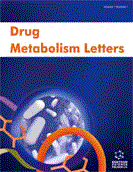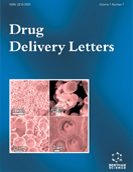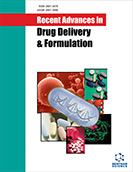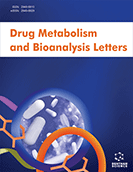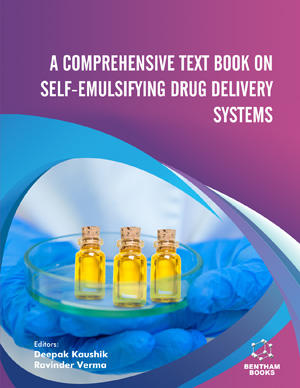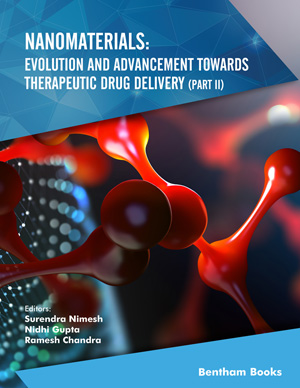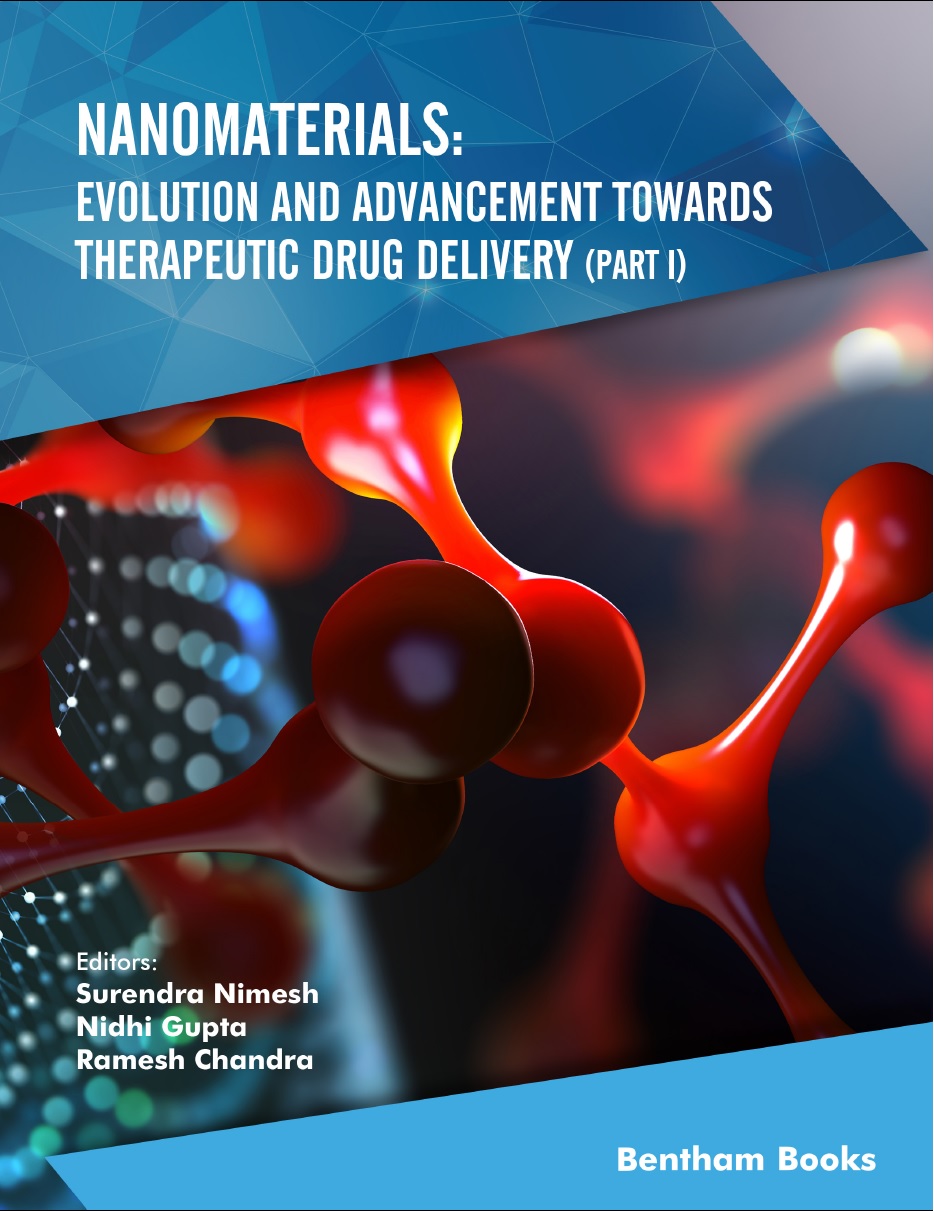Abstract
Background: Clopidogrel is a key antiplatelet drug that has substantial interpatient variability in pharmacodynamic response. Patients with lesser degrees of platelet inhibition in response to clopidogrel appear to be at increased risk of cardiovascular events. Obesity is an independent risk factor for cardiovascular morbidity and mortality due to atherothrombotic events and represents a group of patients who are in need of optimized antithrombotic therapy. Central to the obesity-related risk of atherothrombosis is a pro-thrombotic state characterized by increased levels of coagulation factors, impaired fibrinolysis and platelet hyper-reactivity, which results from the interaction among the features clustering in obesity: insulin resistance, inflammation, oxidative stress, and endothelial dysfunction.
Results: A number of reports have demonstrated that obesity is a risk factor for a reduced clopidogrel pharmacodynamic response. The inflammatory state associated with obesity, particularly a metabolic endotoxemia, may set in motion, a number of mechanisms that increase platelet reactivity, suppress cytochrome P450 enzyme activity, and increase platelet turnover, all contributing to a poor clopidogrel response.
Conclusion: Comprehensive understanding of the mechanisms underlying obesity-related high onclopidogrel platelet reactivity will help in the optimization of antithrombotic therapy in this patient population.
Keywords: Obesity, inflammation, endotoxin, clopidogrel, thienopyridine metabolism, platelet function.
Graphical Abstract
Drug Metabolism Letters
Title:Obesity and Inflammation and Altered Clopidogrel Pharmacokinetics and Pharmacodynamics
Volume: 11 Issue: 1
Author(s): Nicholas B. Norgard*Scott V. Monte
Affiliation:
- Department of Internal Medicine University of Missouri Kansas City School of Medicine, 2411 Holmes St, Kansas City, MO,United States
Keywords: Obesity, inflammation, endotoxin, clopidogrel, thienopyridine metabolism, platelet function.
Abstract: Background: Clopidogrel is a key antiplatelet drug that has substantial interpatient variability in pharmacodynamic response. Patients with lesser degrees of platelet inhibition in response to clopidogrel appear to be at increased risk of cardiovascular events. Obesity is an independent risk factor for cardiovascular morbidity and mortality due to atherothrombotic events and represents a group of patients who are in need of optimized antithrombotic therapy. Central to the obesity-related risk of atherothrombosis is a pro-thrombotic state characterized by increased levels of coagulation factors, impaired fibrinolysis and platelet hyper-reactivity, which results from the interaction among the features clustering in obesity: insulin resistance, inflammation, oxidative stress, and endothelial dysfunction.
Results: A number of reports have demonstrated that obesity is a risk factor for a reduced clopidogrel pharmacodynamic response. The inflammatory state associated with obesity, particularly a metabolic endotoxemia, may set in motion, a number of mechanisms that increase platelet reactivity, suppress cytochrome P450 enzyme activity, and increase platelet turnover, all contributing to a poor clopidogrel response.
Conclusion: Comprehensive understanding of the mechanisms underlying obesity-related high onclopidogrel platelet reactivity will help in the optimization of antithrombotic therapy in this patient population.
Export Options
About this article
Cite this article as:
Norgard B. Nicholas*, Monte V. Scott, Obesity and Inflammation and Altered Clopidogrel Pharmacokinetics and Pharmacodynamics, Drug Metabolism Letters 2017; 11 (1) . https://dx.doi.org/10.2174/1872312811666170301110349
| DOI https://dx.doi.org/10.2174/1872312811666170301110349 |
Print ISSN 1872-3128 |
| Publisher Name Bentham Science Publisher |
Online ISSN 1874-0758 |
 60
60 5
5 1
1 1
1Related Articles
-
Effect of Antioxidant Extract from Cherries on Diabetes
Recent Patents on Endocrine, Metabolic & Immune Drug Discovery (Discontinued) Temporally and Spatially Restricted Gene Expression Profiling
Current Genomics Advances in Catheter Ablation: Atrial Fibrillation Ablation in Patients With Mitral Mechanical Prosthetic Valve
Current Cardiology Reviews Neurohormonal Activation in Ischemic Stroke: Effects of Acute Phase Disturbances on Long-Term Mortality
Current Neurovascular Research Limited Hypotensive Effect of Sildenafil in a High-Risk Population: A Preliminary Report
Current Drug Safety GLP-1RA and SGLT2i: Cardiovascular Impact on Diabetic Patients
Current Hypertension Reviews Protective Effect of Annurca Apple Extract Against Oxidative Damage in Human Erythrocytes
Current Nutrition & Food Science Different Concepts of Drug Delivery in Disease Entities
Mini-Reviews in Medicinal Chemistry Progression of Retinopathy in Type 1 Diabetic Women During Pregnancy
Current Diabetes Reviews Statins in Acute Coronary Syndromes
Current Pharmaceutical Design From Diabetes to Metabolic Syndrome: A View Point on An Evolving Concept
Current Pharmaceutical Design Marine Products with Anti-Protozoal Activity: A Review
Current Clinical Pharmacology Virtual Screening on Analogs of 2 Methyl Heptyl Isonicotinate as GlmU Inhibitors of Mycobacterium tuberculosis
Current Enzyme Inhibition Targeting NO Signaling for the Treatment of Osteoporosis
Current Medicinal Chemistry Cardiac Imaging in Heart Failure with Comorbidities
Current Cardiology Reviews Adhatoda vasica Nees: Phytochemical and Pharmacological Profile
The Natural Products Journal Respiratory Gas Exchange During Exercise in Children with Congenital Heart Disease: Methodology and Clinical Concepts
Current Respiratory Medicine Reviews Racial Differences in Gray Matter Integrity by Diffusion Tensor in Black and White Octogenarians
Current Alzheimer Research Chios Gum Mastic: A Review of its Biological Activities
Current Medicinal Chemistry Beta-Blockers as First Line Treatment of Hypertension: A Proponents View
Current Hypertension Reviews


